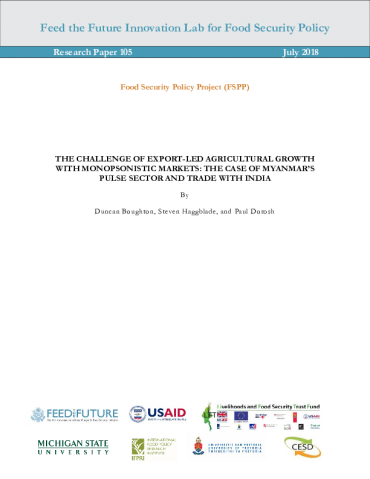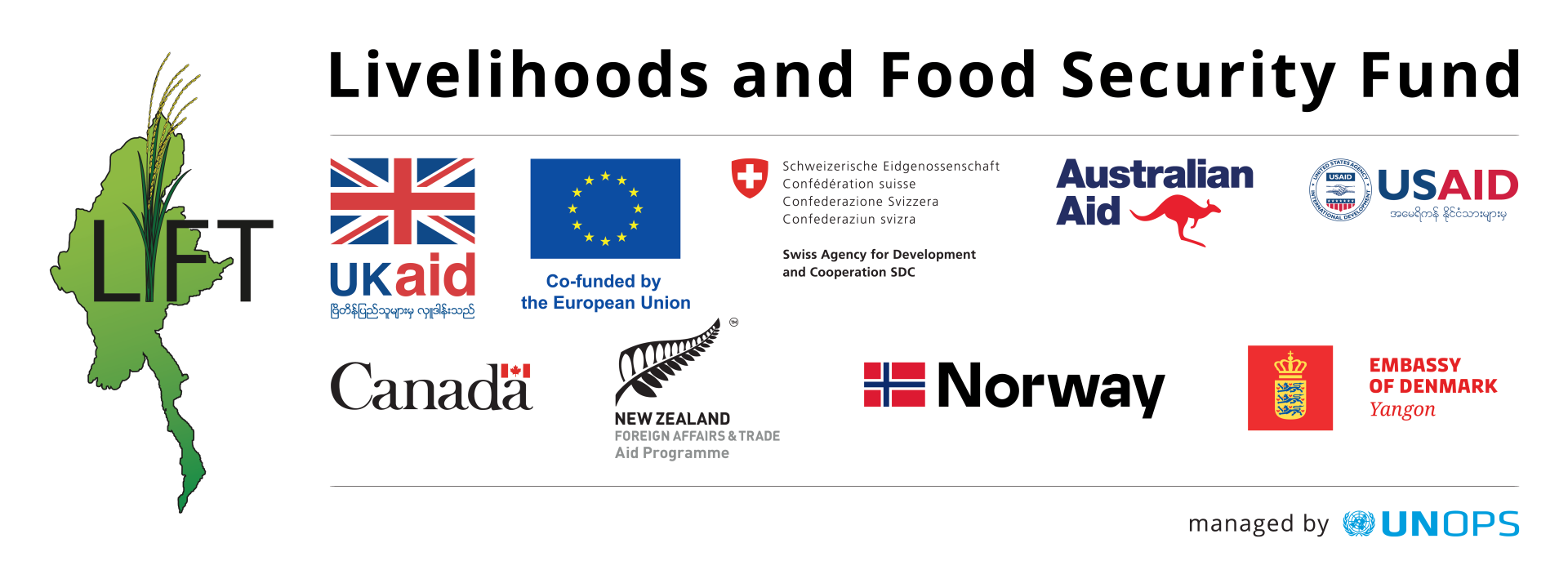
Pulse crop exports from Myanmar grew from nothing to a $1 billion per annum export industry over the past 30 years. The sector offered uniquely attractive returns to both smallholder farmers and traders during three decades of international isolation and underinvestment in agriculture. Myanmar managed this exceptional feat despite financial sanctions, acute limitations on all forms of communication and information flows, and with the weakest rural infrastructure in South East Asia. Myanmar’s first democratically elected government in fifty years sought to build on this success in their new agricultural policy and development strategy published in 2017. However, in that same year, India, the major client for Myanmar’s pulse exports, effectively banned imports of Myanmar’s pulses, resulting in a collapse of domestic prices for black gram and pigeonpea. The loss of farmer confidence in these two crops threatens potential future gains from trade for both countries, as well as loss of potential soil health benefits for Myanmar’s predominantly rice-based cropping systems.
This paper report examines 1) the evolution, structure, and performance of Myanmar’s pulse sector, 2) the trade relationship with India, and 3) policy options to respond to the current crisis while addressing underlying weaknesses that threaten the sector’s long-term international competitiveness. The report identifies three complementary and mutually reinforcing avenues for propelling Myanmar’s pulse markets forward to increasingly higher levels: 1) expanded export earnings (from new markets and higher value added products); 2) improved farm productivity; and 3) increased domestic demand.


